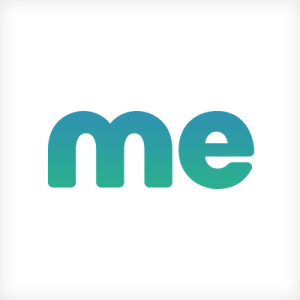
Hixme
Image: Hixme.com
Erik Wissig guides Hixme as chief financial officer and oversees solutions-driven health insurance services. Cost and choice focused, Erik Wissig’s firm generates large organizational efficiencies and savings, while giving workers greater control over their health benefits.
In California Broker Magazine, Hixme’s CEO described the company’s vital role in handling increased employee coverage costs against a backdrop in which workers have increasing latitude when it comes to where to work.
A major issue is that rising health care costs impact a wide range of parties. It is not simply individual purchasers and small businesses that lack negotiating clout. Companies that don’t have a critical mass of 20,000 to 30,000 workers living within the vicinity of a medical system are often not able to attain special rates.
With conventional approaches, companies cannot move beyond the limitations of traditional group coverage. At the same time, workers are frustrated by the limited variety of coverage options offered. Compounding these problems, insurers face risks linked to a relatively small number of employees who subsidize those with high health care requirements.
Through its dynamic WorkPlace Market platform, Hixme helps clients access a nationwide pool of insurers and eliminates the necessity of employer-by-employer coverage design.



You must be logged in to post a comment.